 Validation (CSV) and Computer Software Assurancerance (CSA)
Validation (CSV) and Computer Software Assurancerance (CSA)


Multiple regulations and guidelines define the scope of CSV and CSA. In the U.S., FDA 21 CFR Part 11 sets criteria under which electronic records and electronic signatures are considered trustworthy, reliable and equivalent to paper records.
To comply, organisations must validate systems, generate secure audit trails, implement access controls and ensure that records are retrievable and protected from loss or alteration .
FDA cGMP regulations (e.g., 21 CFR 211.68) and the Quality System Regulation (21 CFR 820.70(i)) also require that automated equipment be routinely calibrated, checked and validated for its intended use . In Europe, EU GMP Annex 11 imposes similar requirements for computerised systems used in Good Manufacturing Practice (GMP) activities.
Traditional CSV often relies on manual documentation and testing, making it time‑consuming, resource‑intensive and prone to human error. Automated e‑Validation tools replace repetitive, tedious tasks with digital workflows, significantly reducing validation cycle times, saving costs and improving accuracy. For software‑as‑a‑service (SaaS) and other cloud‑based applications that update frequently, automation is essential to maintain continuous validation by quickly identifying changes and ensuring that updated versions remain compliant.
Automation does not replace validation experts; rather, it augments them by generating documents, test scripts and risk assessments so teams can focus on critical thinking. This reduces human error and shortens cycle times while ensuring compliance with industry standards and regulations.

Produce validation plans, user requirements, test protocols and reports using predefined templates, ensuring consistency and completeness
Identify software changes automatically and perform impact assessments to determine required re‑testing
Execute standard tests and capture results automatically, reducing manual effort and transcription errors
Evaluate each requirement’s risk to patient safety, product quality and data integrity, and suggest appropriate testing strategies
Maintain secure, timestamped audit trails linking requirements, tests and results to demonstrate traceability
Integrate with existing quality management and enterprise systems and scale to support large validation portfolios.

The FDA’s Computer Software Assurance draft guidance introduces a risk‑based approach to software validation. Unlike traditional CSV, CSA focuses on critical thinking and assessing the potential impact of a software feature on patient safety, product quality and data integrity. Under CSA, manufacturers can rely on vendor testing for low‑risk functionality and reserve detailed testing for high‑risk areas, reducing the cost and time burden of compliance.
Automated e‑Validation tools facilitate this transition by embedding risk assessments and automating evidence collection, ensuring compliance while encouraging adoption of innovative technologies.


Automated tools drastically reduce the time required to prepare validation documentation, execute tests and manage revisions. By digitising workflows, organisations can shorten validation cycles and allocate resources more efficiently

Manual data entry and documentation are error‑prone. Automation minimises transcription mistakes and ensures consistent test execution, leading to more reliable results

Automated change‑identification mechanisms detect updates to SaaS or cloud‑based systems and trigger appropriate validation activities, enabling a continuous state of validation

The FDA’s Computer Software Assurance (CSA) framework encourages focusing validation activities on high‑risk, patient‑impacting functions rather than exhaustive testing. Automated tools implement risk assessments to prioritize efforts and reduce unnecessary documentation

e‑Validation platforms incorporate secure audit trails, version control and access management to ensure that electronic records are trustworthy, tamper‑evident and compliant with Part 11 requirements
By ensuring systems operate correctly and that data is accurate and consistent, automated validation contributes to better product quality, reducing the risk of batch failures, recalls or compliance violations
Automating CSV and CSA activities with an e‑Validation tool offers significant benefits for FDA‑regulated industries. By reducing manual effort, focusing on risk, and ensuring rigorous documentation and data integrity, organisations can accelerate compliance, improve product quality and support innovation. Moving towards a risk‑based, automated validation approach aligns with emerging regulatory guidance and positions companies to adopt new technologies more confidently and efficiently.
How to Get Started
compligen.ai brings together decades of FDA-compliant validation expertise, cutting-edge AI automation, and regulatory know-how—making cGen the most advanced digital validation platform on the market.
Lafayette,IN
Copyright © 2025. All Rights Reserved.